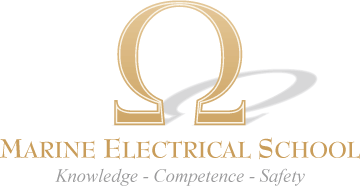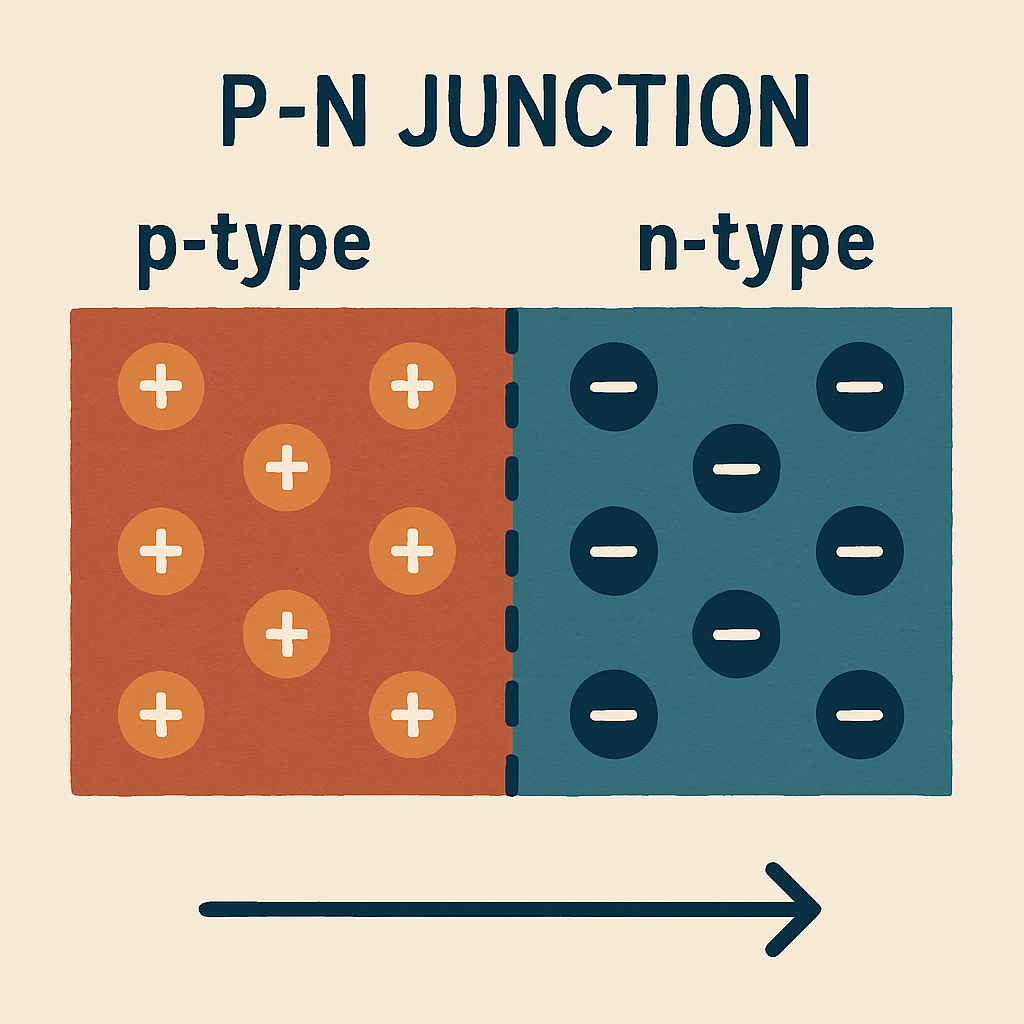Marine Electrical Courses Online Semiconductors
Marine Electrical Courses Online Semiconductors are in everything. We are covering this subject early as a follow on to basic devices and circuit theory as they will be encountered in almost everything we look at. There are many devices within systems that include power diodes, transistors, LED’s, PV cells, relays to integrated circuits and so on. They enable everything from alternators, solar panels, charge controllers and more. They are the fundamental building block of our modern technologies and nowhere more than on our boats. The semiconductor is the basic building block of modern industrial and marine electronics.
Almost everything has an electronic semiconductor inside, smart phones, notebook computers, solar charge regulators and more. Microchips are controlling the device and these are based on silicon wafers with millions of transistors. All semiconductor devices are manufactured from silicon wafers, with silicon being one of the planets most common materials. Highly refined silicon, called amorphous silicon is used, which has randomly arranged material atoms. The process involves the creation of what are called epitaxial chunks which means a single silicon crystal. Wafers are cut in ultra-thin slices from an ingot of solid crystal that is grown to achieve a pure and unform atomic structure. After polishing to a mirror finish the miniature electronic components are etched using photolithography.
Marine Electrical Courses Online Semiconductors
A conductor is the material that is used to carry and distribute electrical current to the various electrical equipment and devices such as lights, pumps etc. As discussed in the basic electrical introduction, Silver, Copper and Gold are the best conductors and for the purposes of most electrical equipment, copper is the principal one used in cables and wiring. As an insulator has a high resistance and stops the flow of electrons these are used to cover or insulate conductive cables, or cover and protect electrical connections or other conductive components. In higher voltage systems insulators also have a safety function to protect against direct contact.
Marine Electrical Courses Online Semiconductors
When the P-type and N-type materials are created from a single piece of silicon. The two regions are created by doping and creates an interface between the two regions. The electrons from the N-side migrate to the P-side and fill the holes. This creates what is known as a depletion region at the junction, and where no free charge carriers exist. The movement of the electrons and holes creates an electric field that prevents further migration of charge carriers. When a voltage is applied in the forward direction, that means the P-side connected to the positive terminal, the depletion region shrinks, allowing current to flow. When a voltage is applied in the reverse direction, that is the P-side connected to the negative terminal, the depletion region widens, preventing current flow. This is the basic diode and this is all about diodes.
Marine Electrical Courses Online Semiconductors
The term semiconductor describes the actual characteristic of the materials that devices are made from. A semiconductor is not quite a conductor, and not quite an insulator. A silicon crystal in a lattice form is used to manufacture semiconductors. The pure silicon lattice forms a good insulator as the atoms are arranged so that all the electrons are bonded to a silicon nucleus. Impurities such as boron, phosphorous and gallium, are used to alter the resistivity of the silicon, and this results in changes to the numbers of electrons within the lattice structure. The process is called doping, and where a change creates extra electrons, it is called n-type, and where electrons (holes) are missing this is called p-type. If phosphorous with 5 electrons is doped with silicon with four, the resultant material has free electrons, which are known as carriers. If boron is used with 3 electrons the resulting structure has holes left by the missing electrons. As electrons are able to move much faster than holes, n-type structures are most commonly used.

Marine Electrical Courses Online Semiconductors
What is a semiconductor? A semiconductor is a material that changes resistance by the application of a voltage to it, or by changing the temperature. These are used with other materials, in a process called doping, to produce semiconductor devices. Diodes and Transistors are such devices, and the diode will be the most common device used in many electrical power systems such as alternators and battery chargers. Read more about diodes and rectifiers. Other device types such as transistors will be covered in the electronics module. The best-known materials are as follows;
1. Gallium (Ga), which is good for high frequency and efficiency applications such LEDs, RF amplifiers and power devices. Gallium Arsenide (GaAs) is used in mobile phones and radar system and Gallium Nitride (GaN) is used in LED lights, power transistors and fast charging systems. Gallium Phosphide (GaP) are common in solar cells.
2. Silicon (Si), which is versatile and cost efficient and used in processors, solar cells and sensor applications
3. Silicon Carbide (SiC), which is used in displays, solar and microelectronics
4. Germanium (Ge), which gives high-speed performance and infrared use and found in optics, detectors and high frequency circuits,
Marine Electrical Courses Online Semiconductors
Semiconductor devices are categorized into two groups based on how current is conducted through the material. A device in which the current is conducted by the charges dominant in the lattice is called a majority carrier device (e.g., electrons in n-type material, or holes in p-type material). If the current is conducted by charges not dominant in the lattice, the resulting device is called a minority carrier device (e.g., electrons in p-type material, or holes in retype material). Marine Electrical Courses Online Semiconductors Theory covers many devices, circuits and applications.
